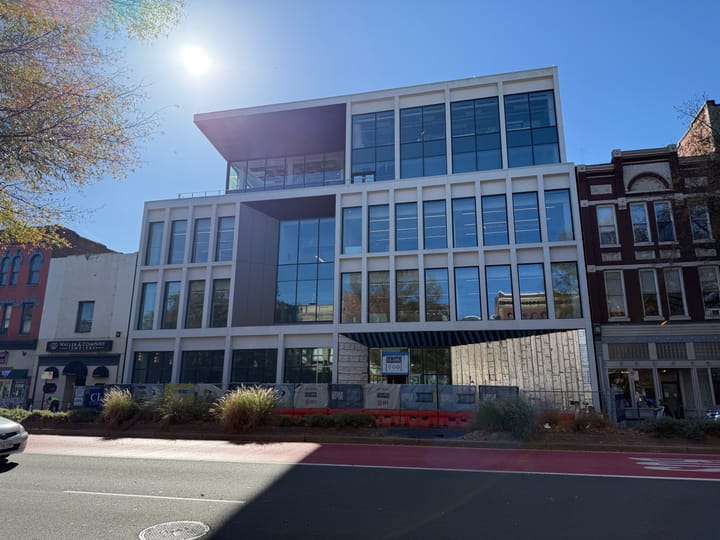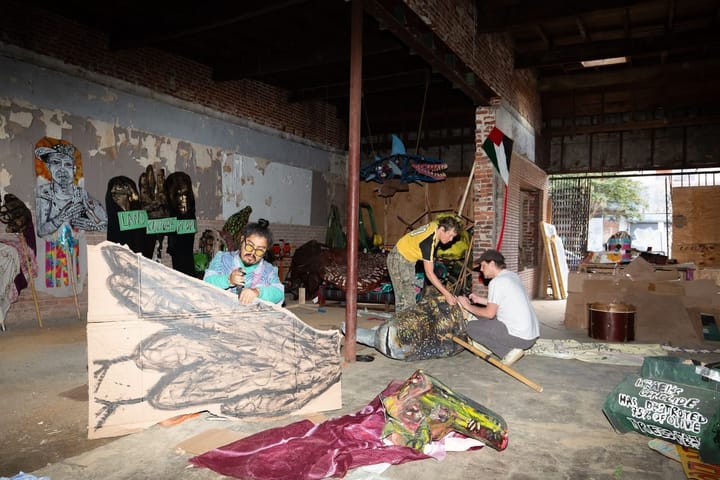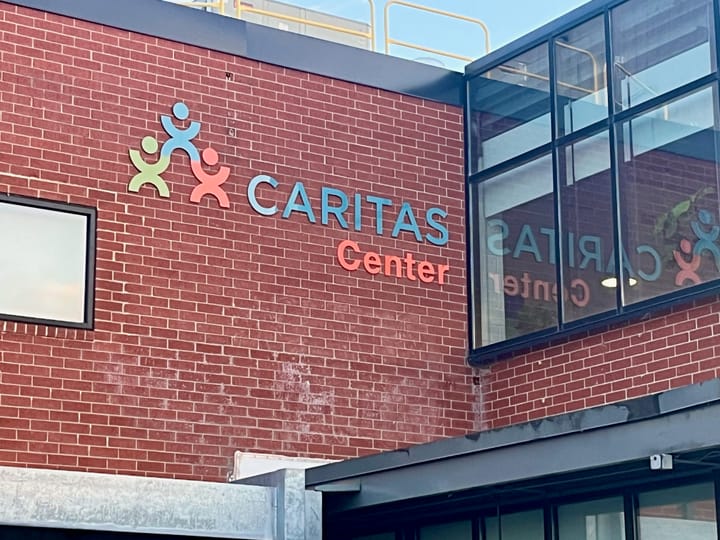One of Richmond's original environmentalists left behind a wealth of information on wildflowers near the James River
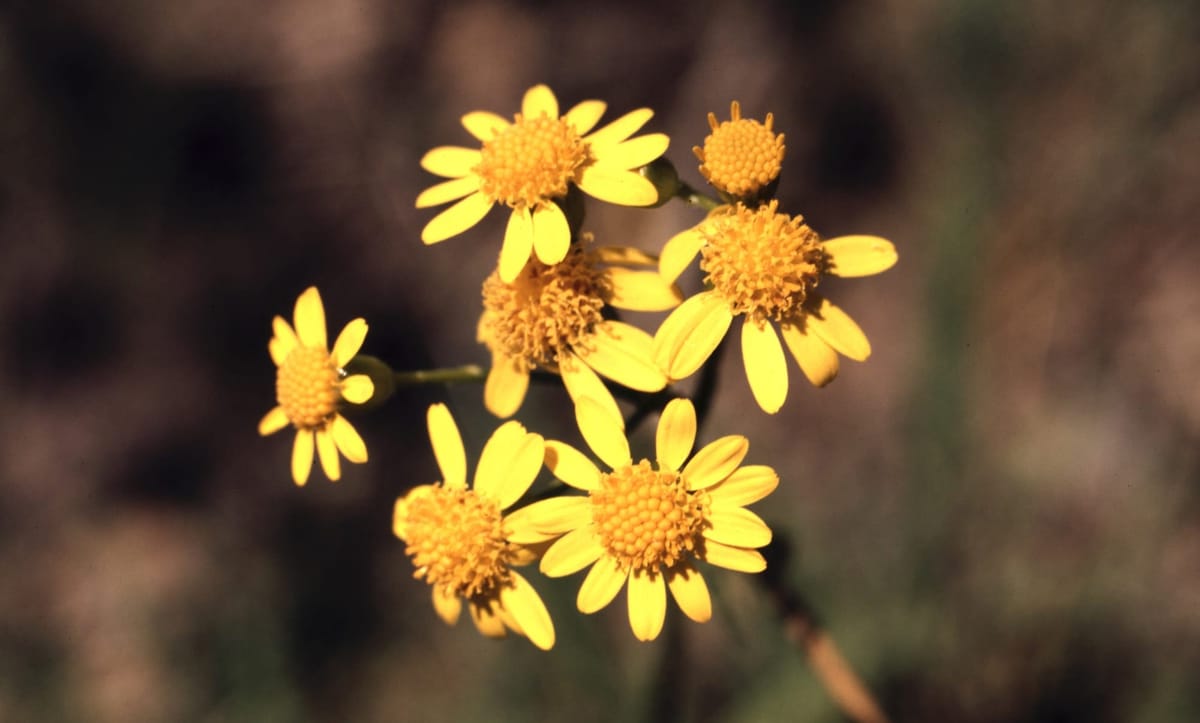
The James River is home to several natural wonders, but perhaps one of the most overlooked has been its wildflowers. Ranging from brilliant goldenrod to the aromatic wild bergamot, they possess stunning colors, textures and fragrances.
It’s a spectacle that Newton Ancarrow lost himself in almost 60 years ago — one he strived to bring awareness and appreciation to.
Born in 1920, the Richmond native was a local luxury boat builder who eventually became one of the city’s staunchest environmentalists in the ‘60s and ‘70s as he fought for a cleaner James River. While trekking around the city to document river pollution, he uncovered a new love, wildflowers, and was compelled to record them.
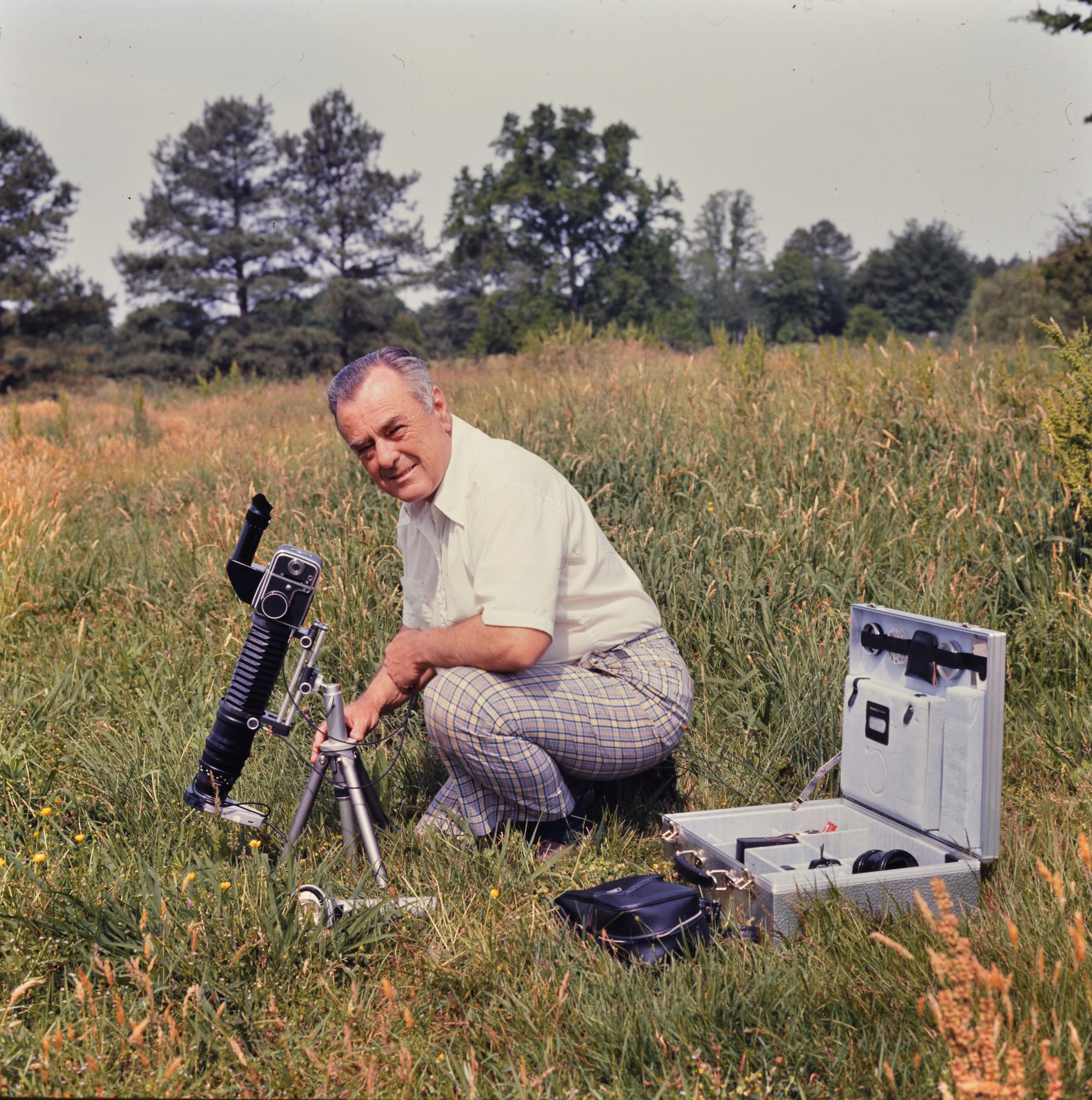
“Ancarrow’s work captured the native and introduced wildflowers of our region, showed the damage pollution wreaks upon nature and demonstrated what one impassioned person can do to create change in their world,” said Erica Borey, an archivist at Lewis Ginter Botanical Garden, where his botanical collection was donated in 1992. “[He] created a time capsule of the botanical life along the James River at the forefront of the environmentalist movement.”
Hauling a field camera, notebooks, a metal specimen collecting case and wildflower identification guides, Ancarrow investigated areas near the Atlantic Coast Line trestle and Deepwater Terminal, as well as around the Kanawha Canal and Southern Railway, where he photographed species like swamp roses, crimson-eyed mallows, Joe-Pye weed, lizard’s tails, enchanter’s nightshade, wild geranium and leather flower.
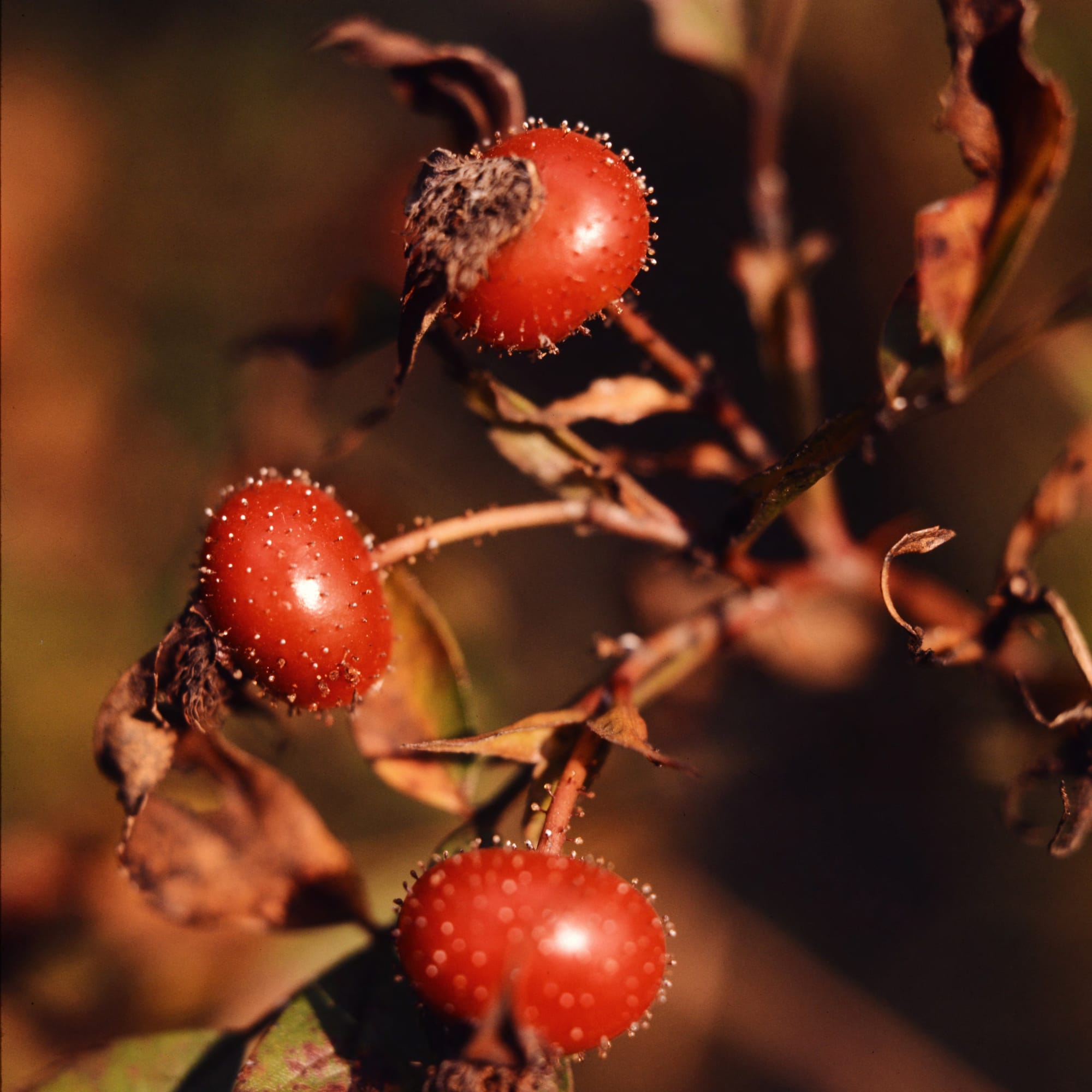
From 1968 to 1971, Ancarrow captured an estimated 25,000 wildflower slides of over 400 species — a portion of which were selected for digitization in 2015 by Lewis Ginter Botanical Garden in partnership with VCU. “We plan to digitize more of the collection in the future,” said Borey.
But Ancarrow wasn’t one to just snap photos and disappear. He was a budding botanist who took meticulous notes on location, measurements, seed formation, and blooming times and patterns, like in an August 15, 1968 notebook entry: [There was] no sign of [purple-fringed summer trillium] upon arrival in the woods and then suddenly at 1:00 P.M. E.D.T. they appear everywhere.
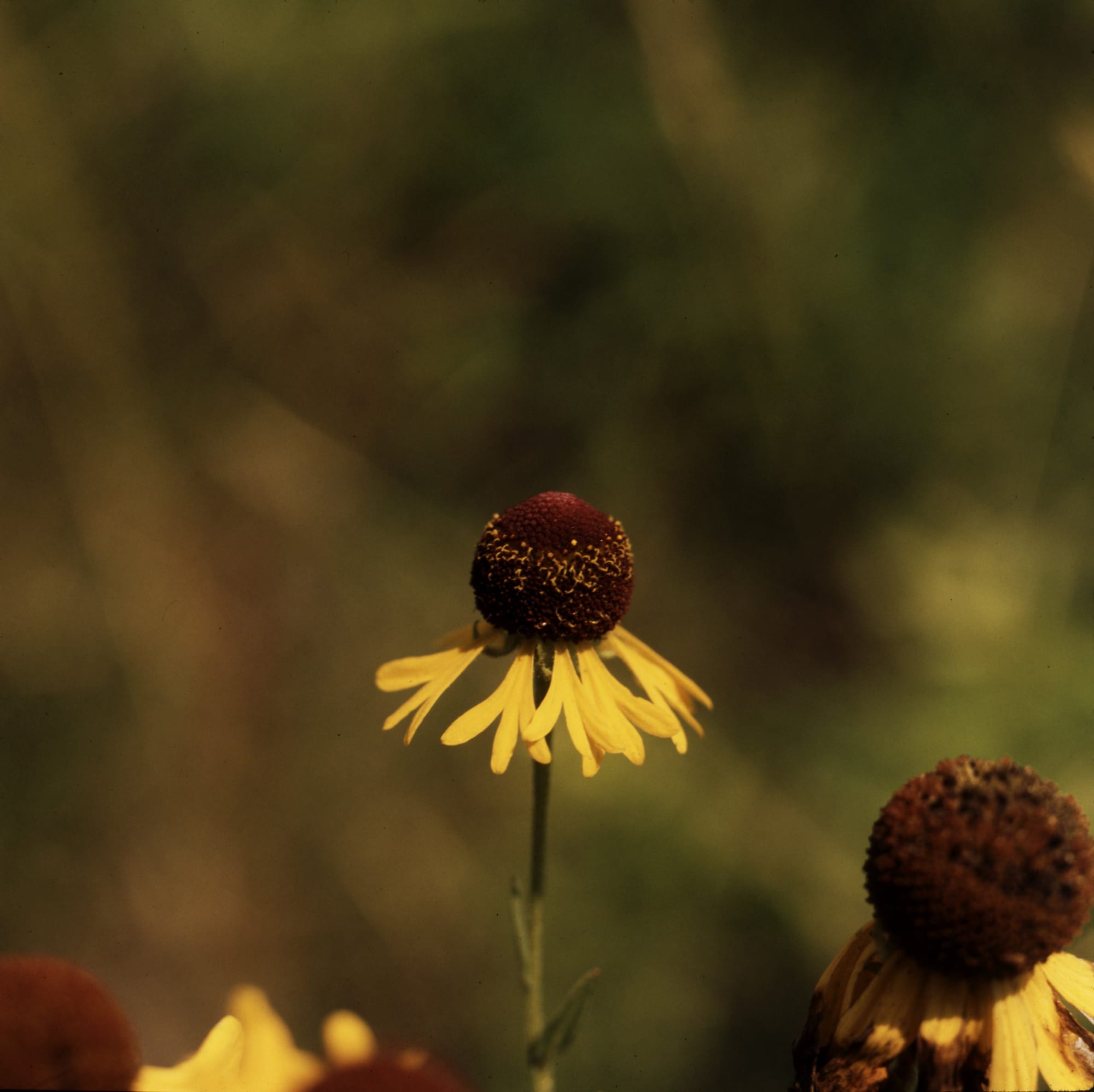
He was serious about his work, mentioning in an April 25, 1971 Richmond Times-Dispatch interview, “I’d rather buy a $300 lens for my camera if it comes down to deciding between a new automobile and an instrument to help me with the flowers.”
Ancarrow grew to be in complete awe of the distinct personalities of his “friends,” describing strawberry bush blooms giving “the impression of a little cloud floating over each leaf,” the Star of Bethlehem possessing an “ethereal aura” and the early saxafrages’ “little cluster of blooms [giving] the impression of a fine mist 18 to 24 inches above the water”. He appreciated their diversity and hoped to spark a similar passion for them in others.
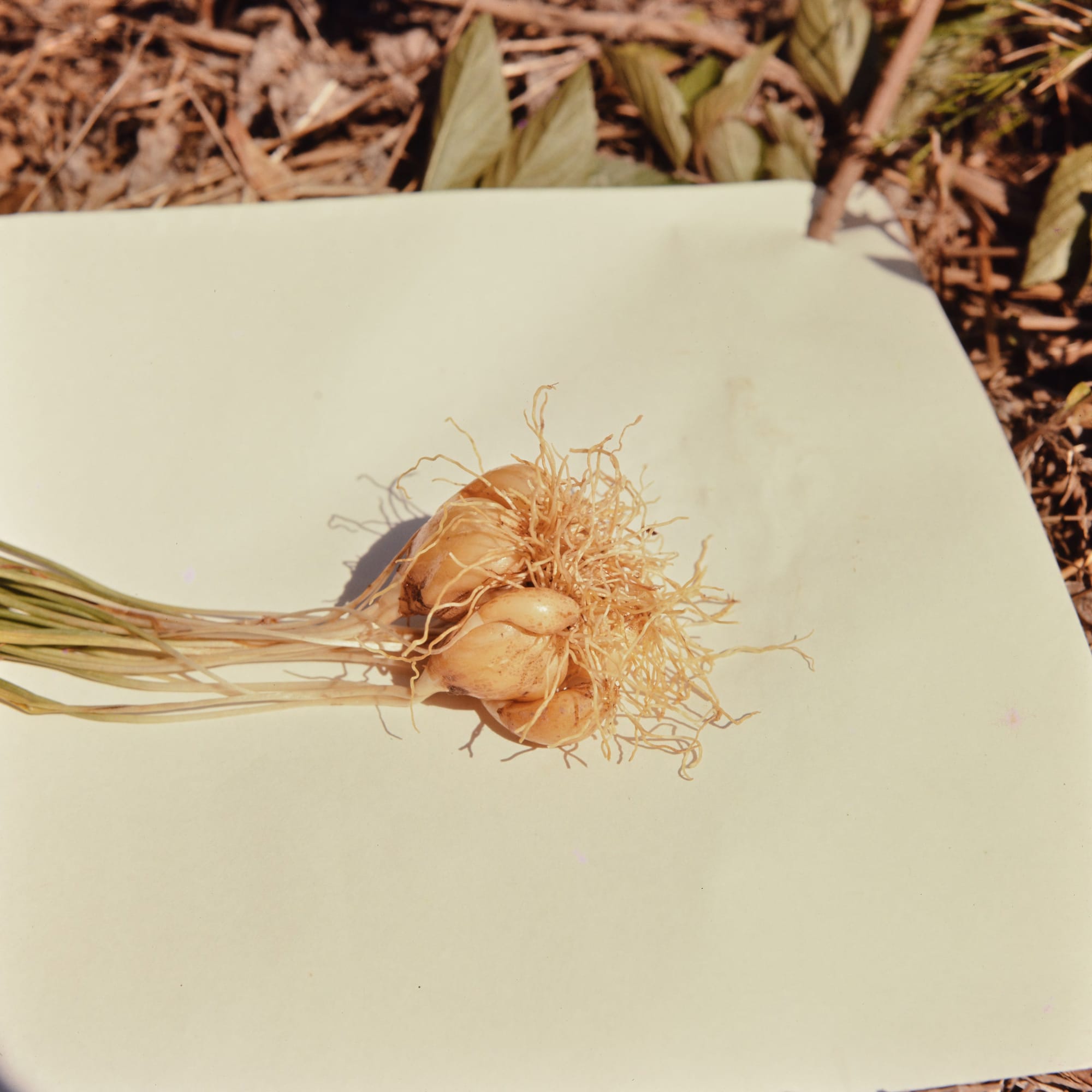
In 1972, Ancarrow created Flower Show #2 — a slideshow presentation for garden clubs and civic organizations. Featuring his photos and observations, it wasn’t only an attempt to intrigue plant lovers, but encourage them to truly open their eyes to the local landscape and the importance of protecting it.
But Ancarrow’s work remains relevant, especially as it gives modern Richmond a glimpse into an older ecosystem’s evolution.
He documented weather patterns, wrote of species we now consider invasive (like mimosa) and the peculiar way certain wildflowers seemed to spread around the city. Ancarrow noticed that grape hyacinths and corn cockles (the latter which was considered rare in Richmond at the time) grew oddly plentiful along the city’s railroads — seed pods that were perhaps train hitchhikers.
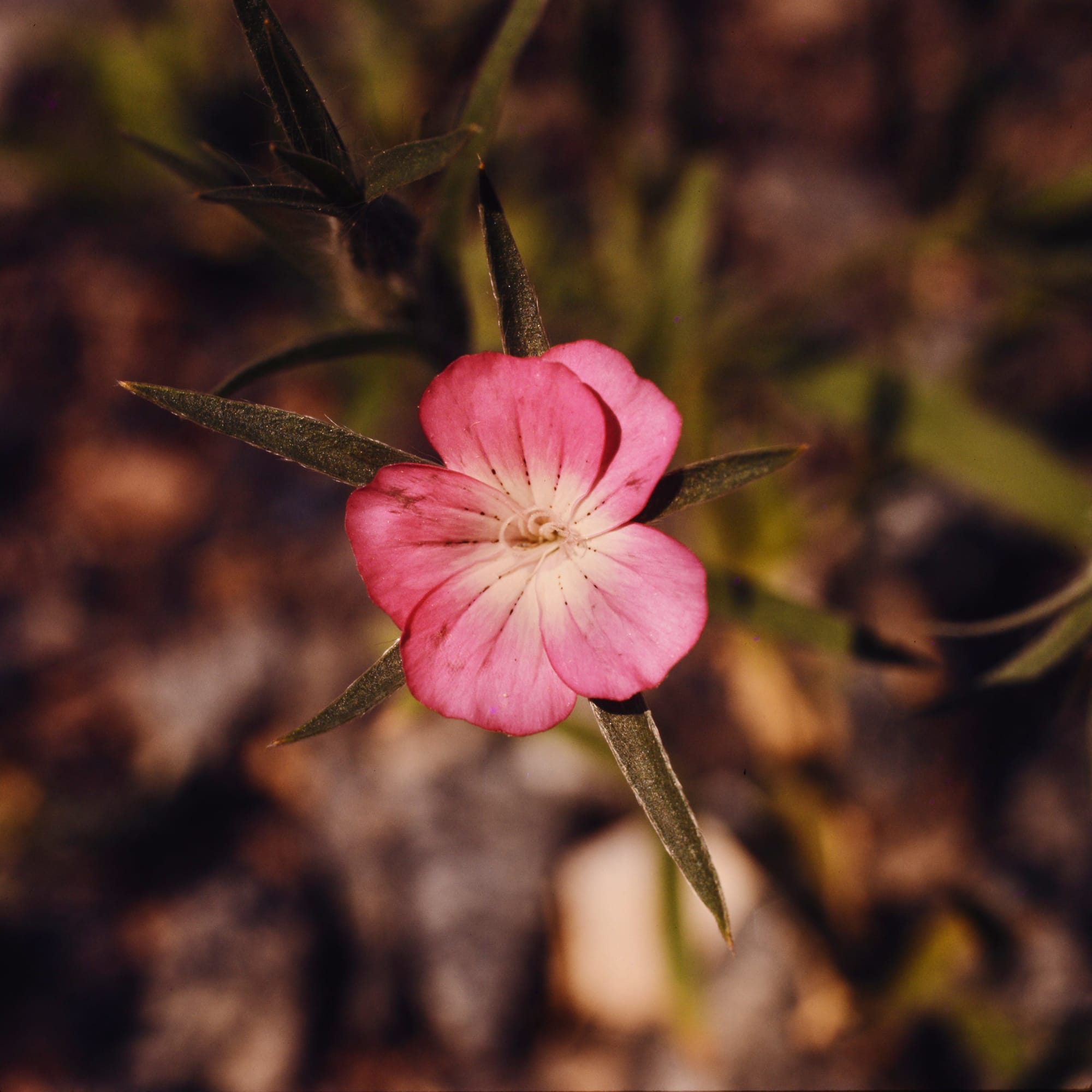
Richmond’s infamous floods have also played a role. In his Flower Show #2 presentation, Ancarrow spoke of Hurricane Camille’s flooding in October 1969. He mentions that it destroyed a dense patch of unusual cream violets along the river, but the next summer, snow-on-the-mountain randomly appeared.
“It would be an interesting project to compare his record to a modern one and try to evaluate the ecological changes displayed in the wildflower population along the James since the 1970s,” says Borey.
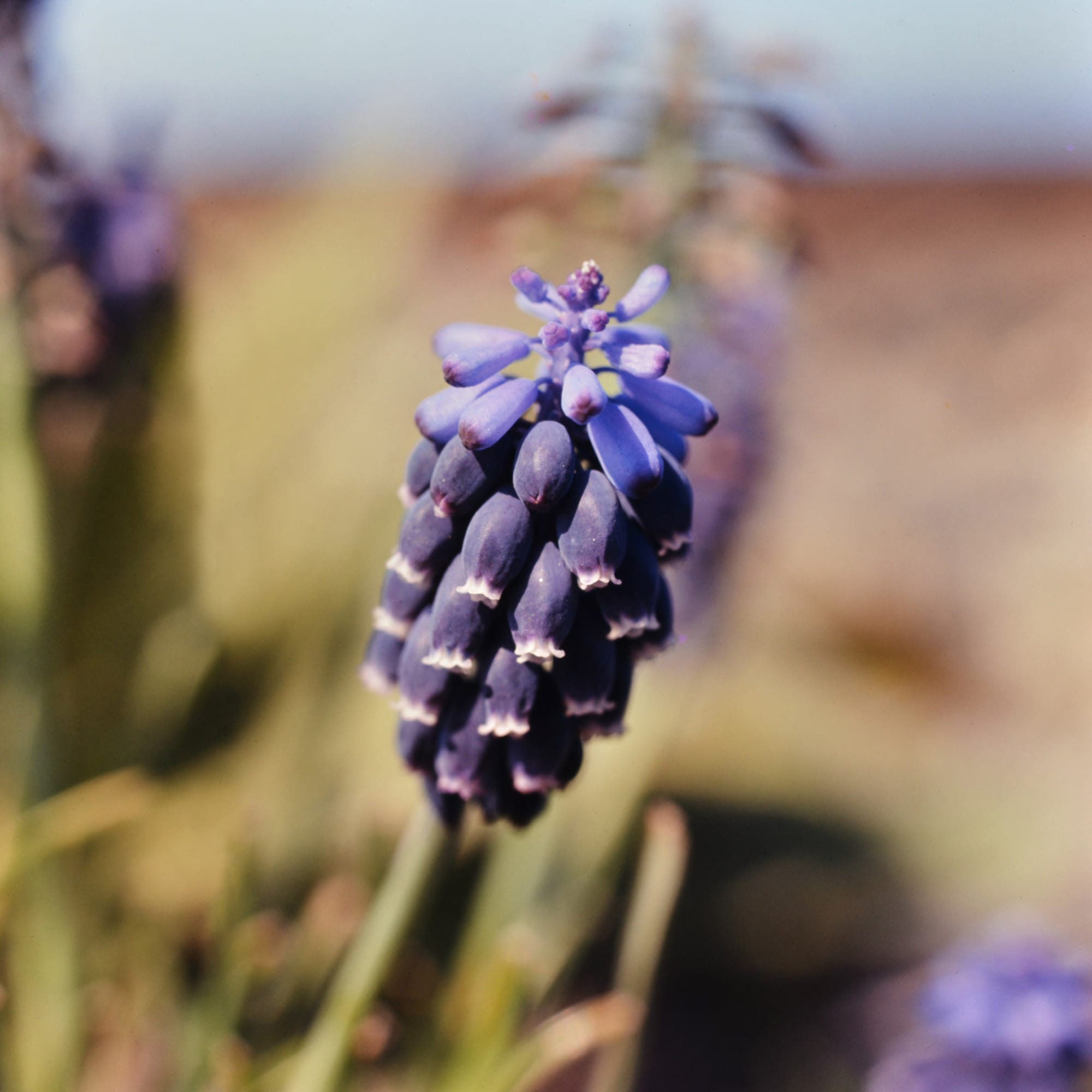
Richmond’s James River Park System is home to an estimated 566 wildflower species, many of which play a crucial environmental role.
“Wildflowers contribute to biodiversity which is vital to healthy local ecosystems,” said Justin Doyle, the James River Association’s director of community conservation. “Wildflowers provide habitat for many organisms, especially pollinators.”
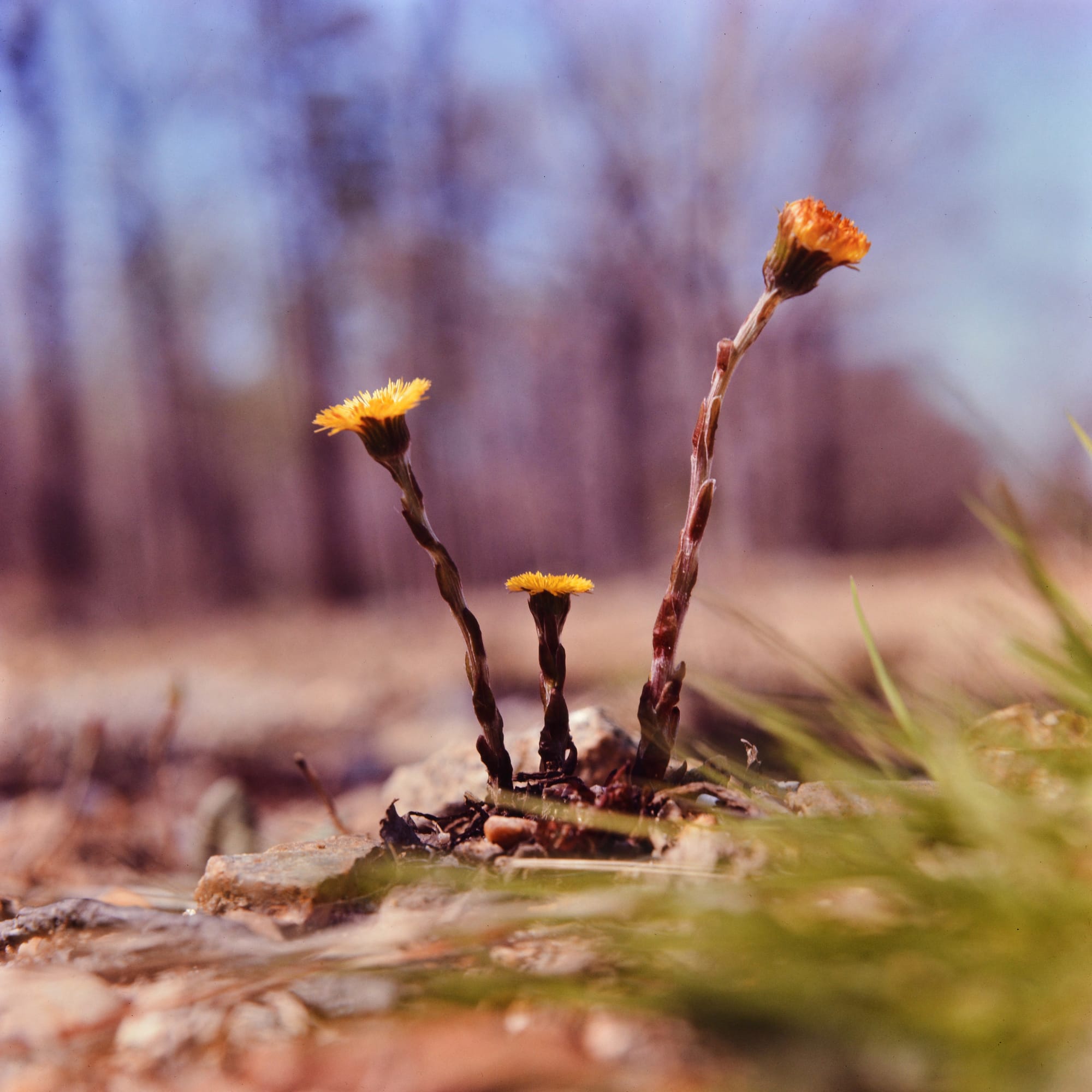
But what makes the city a wildflower haven?
“The unique geography of the Falls of the James is the primary reason why a variety of wildflowers can be seen along the James in Richmond,” said Doyle. “Two ecoregions, Virginia's Piedmont and Coastal Plain, meet at the Falls of the James in Richmond and this creates a range of habitats for wildflowers to grow in.”
Despite admirable growing conditions, wildflowers face numerous challenges, just as much as they did over five decades ago, especially from human activity.
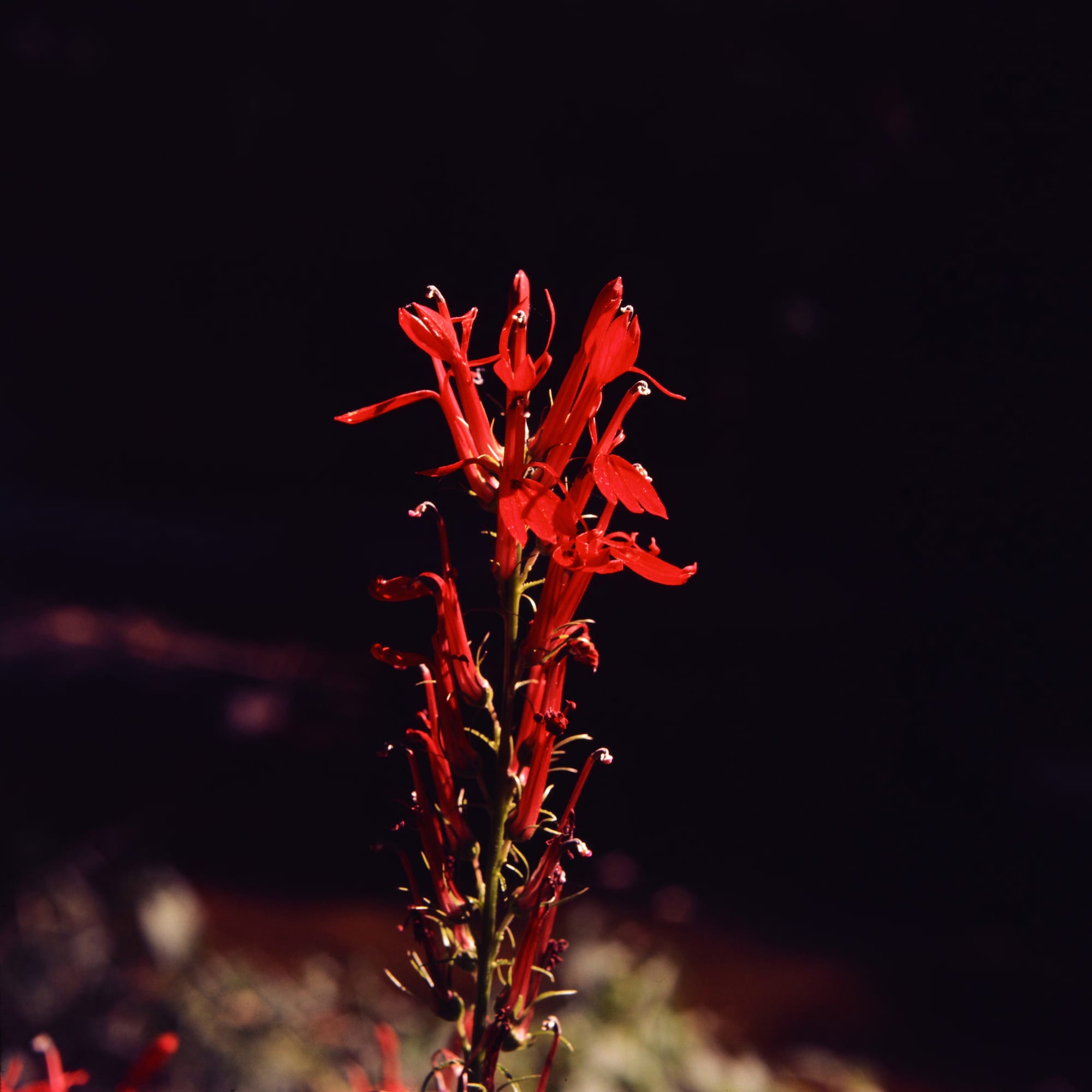
“Its beauty is its undoing,” remarked Ancarrow about the vibrant red cardinal flower. “Where the public has been given access to the river it has already almost disappeared.”
He described the running cedar as "succumbing to the pressures of a self-indulgent society.”
Invasive plants, like fig buttercup, continue to be a threat as they steal vital growing spaces and nutrients. “Native wildflowers are at risk of being outcompeted by invasive plant species,” said Doyle.
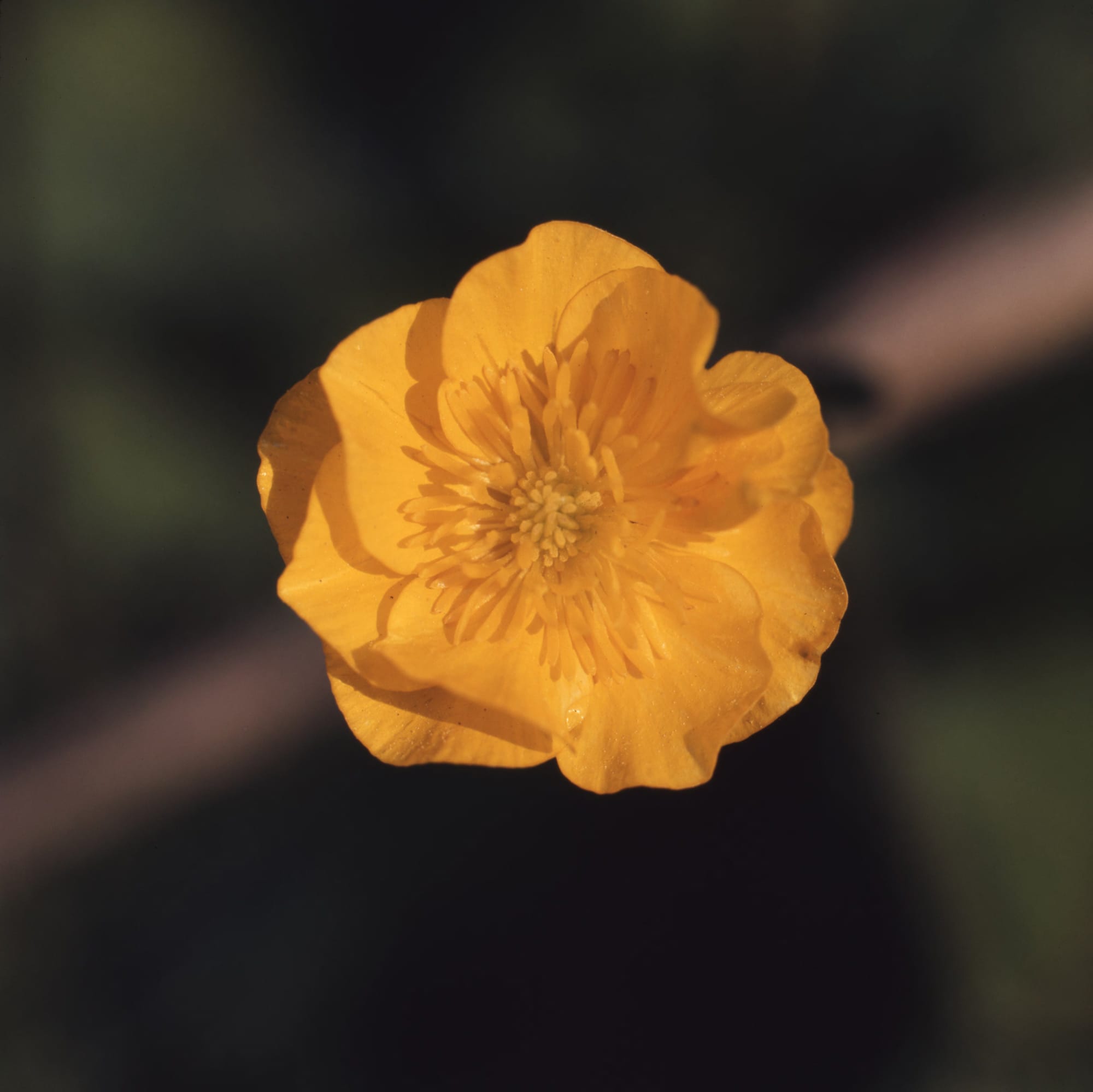
Wildflower poaching is also a concern. This involves illegally removing wildflowers from their natural habitats making it harder for the species to thrive which can disrupt ecosystems and lead to a dwindling population.
"It's important for people to enjoy wildflowers without disturbing them or their habitat while enjoying the James,” said Doyle. “Practicing ‘Leave No Trace’ principles is a responsible way to recreate along the James.”
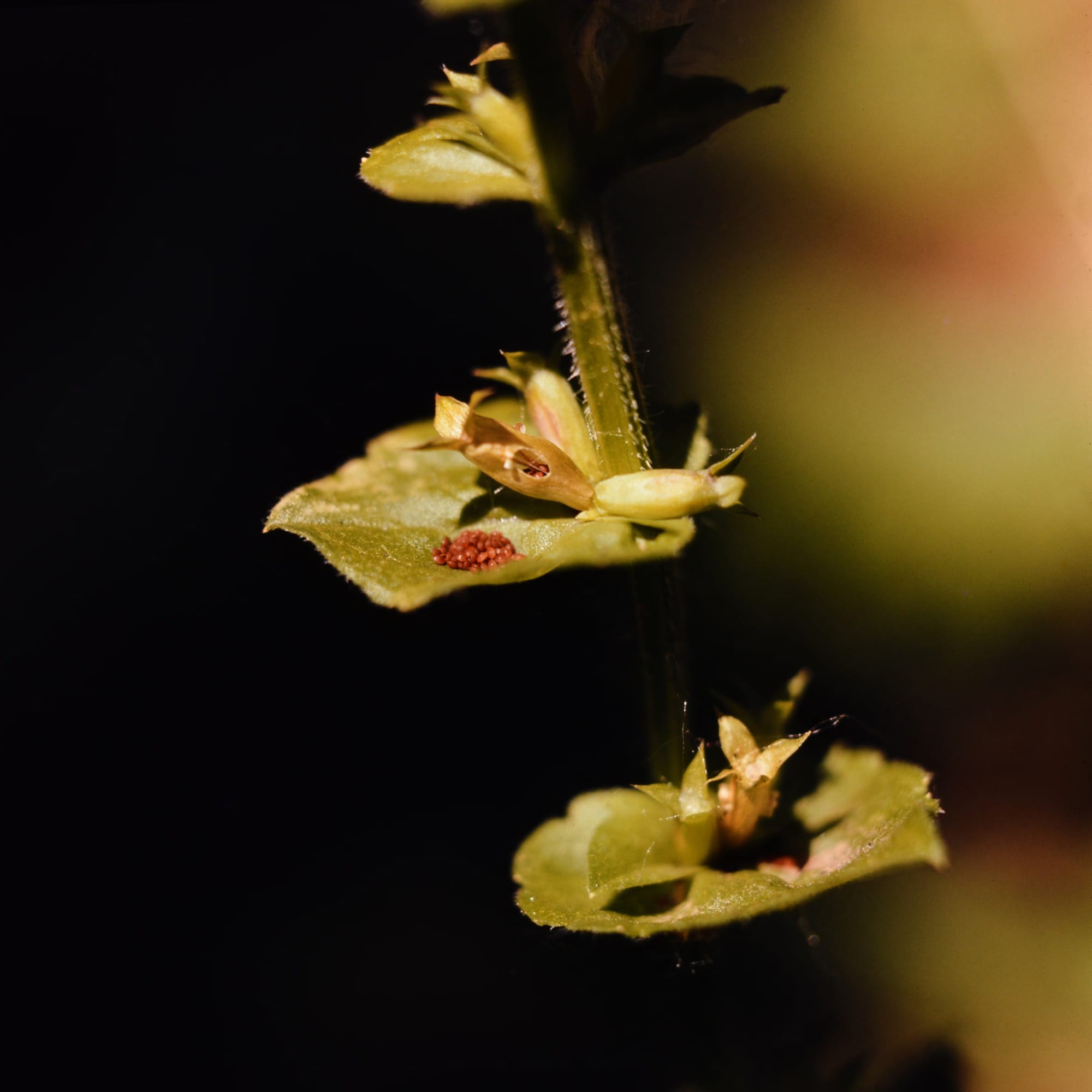
Pony Pasture, Belle Isle, or anywhere else along the James offer the opportunity to observe as Ancarrow did.
With just a minute or two of undivided attention, you’ll start to see a magical world around you, as tiny-yet-flamboyant wildflowers peek through river boulders or tall ones camouflage within the forest, visited by butterflies; a spellbinding experience right in front of us all along.
“If we will only stop and look as with so many things in nature,” reflected Ancarrow regarding the native Venus’ looking-glass, “we will find it to be quite attractive despite its profusion and full of surprises as well.”
The Richmonder is powered by your donations. For just $9.99 a month, you can join the 1,000+ donors who are keeping quality local journalism alive in Richmond.
(VCU is a sponsor of The Richmonder, but did not influence or review this story.)


